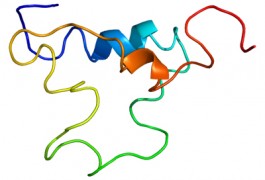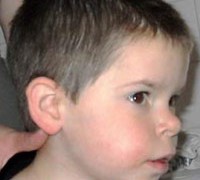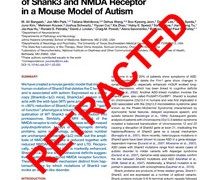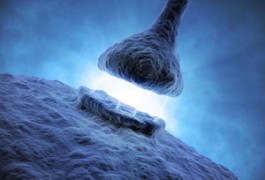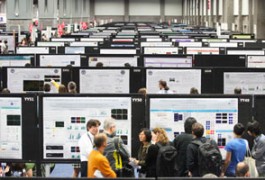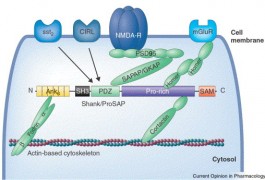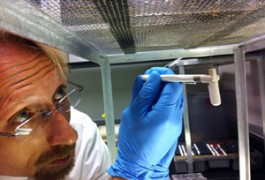Clinical research: Growth factor treats autism mouse model
Insulin-like growth factor 1, a drug approved for use in children with short stature, reverses neurological deficits in mice with an autism-linked mutation in the SHANK3 gene, according to a study published 27 April in Molecular Autism.
